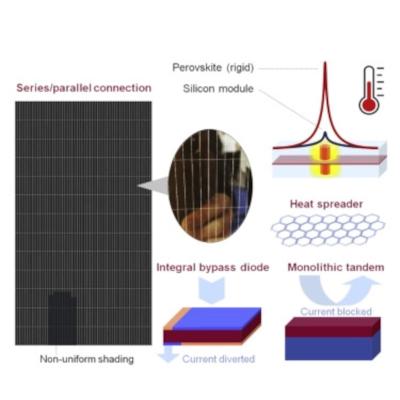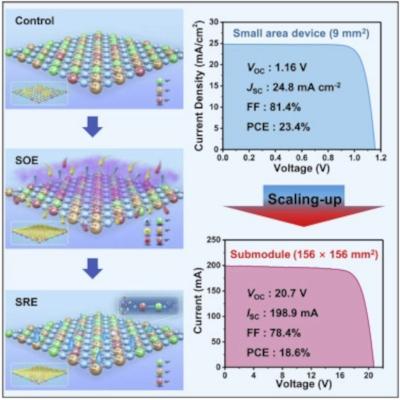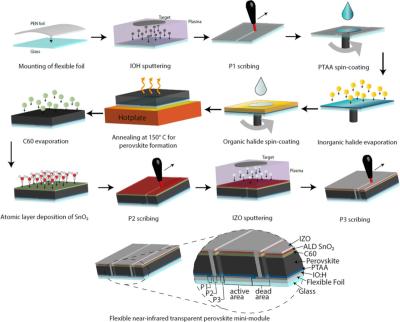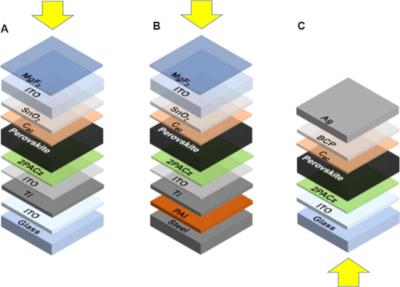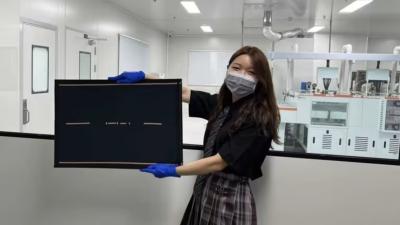UNSW team outlines the threat that reverse-bias poses to perovskite solar cells
University of New South Wales (UNSW) team, led by renowned PV scientist Martin Green, have shown that perovskite solar cells may be especially susceptible to damage from reverse bias, caused by uneven shading or other issues that may appear in real-world environments. Both the reverse-bias itself and resulting build up of heat can cause several of the materials commonly used in perovskite solar cells to degrade, and these issues have received only limited attention in research published thus far.
Stability issues with perovskite solar cells linger, despite impressive research achievements in the last few years. Much of the research focused on improving stability to date has focused on the issues that arise under normal operating conditions – for example sensitivity to oxygen and moisture, which can be solved through encapsulation, or degradation under UV light, which can be solved with reflective coatings. Other issues, however, may present serious challenges to developing perovskite devices that can function in outdoor conditions for years and even decades. “…thermal degradation and reverse-bias instability are remaining issues that pose challenges even for intrinsically much more stable silicon cells, suggesting that innovative approaches may be required to satisfactorily address these for perovskite cells”, explain the authors of the new paper.
